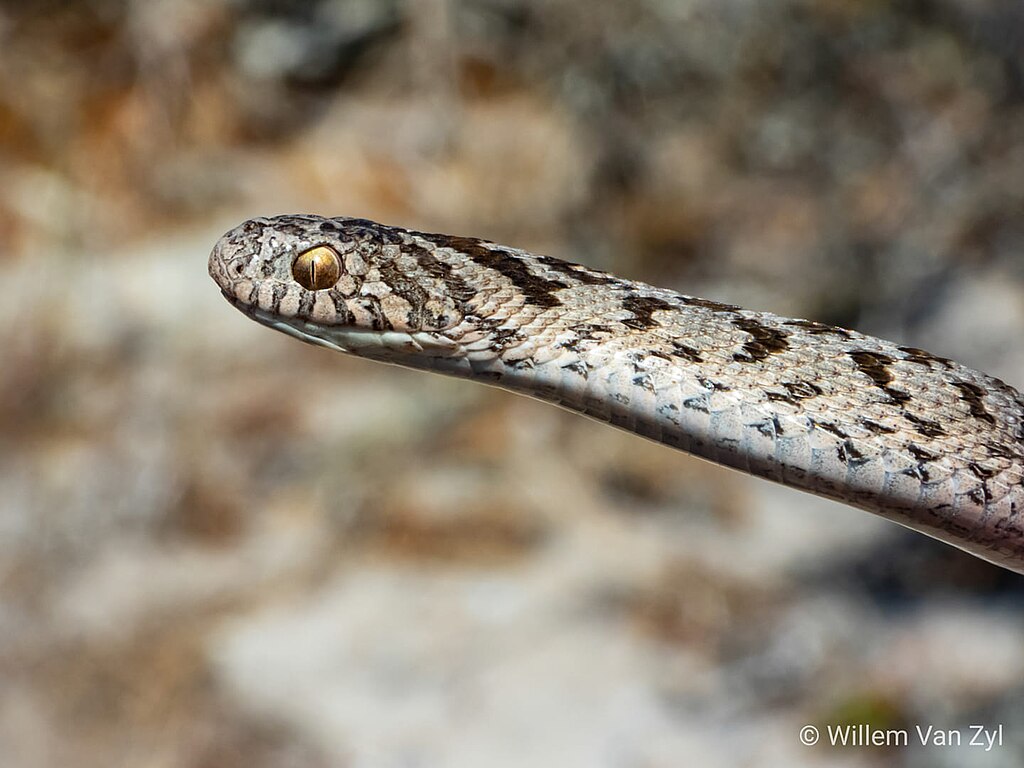In the world of wildlife, deception is often the key to survival. Among the most fascinating examples of animal mimicry is the spider-tailed horned viper (Pseudocerastes urarachnoides), a remarkable serpent that has evolved one of nature’s most elaborate disguises. This rare snake, native to the mountainous regions of western Iran, possesses an extraordinary tail that bears an uncanny resemblance to a moving spider or lizard. By wiggling this specialized appendage, the snake creates a convincing lure that attracts curious prey—particularly birds—into striking range. This remarkable adaptation represents a pinnacle of evolutionary ingenuity, blending elements of camouflage and aggressive mimicry into a deadly hunting strategy that has fascinated scientists and nature enthusiasts alike.
The Discovery of a Master of Disguise
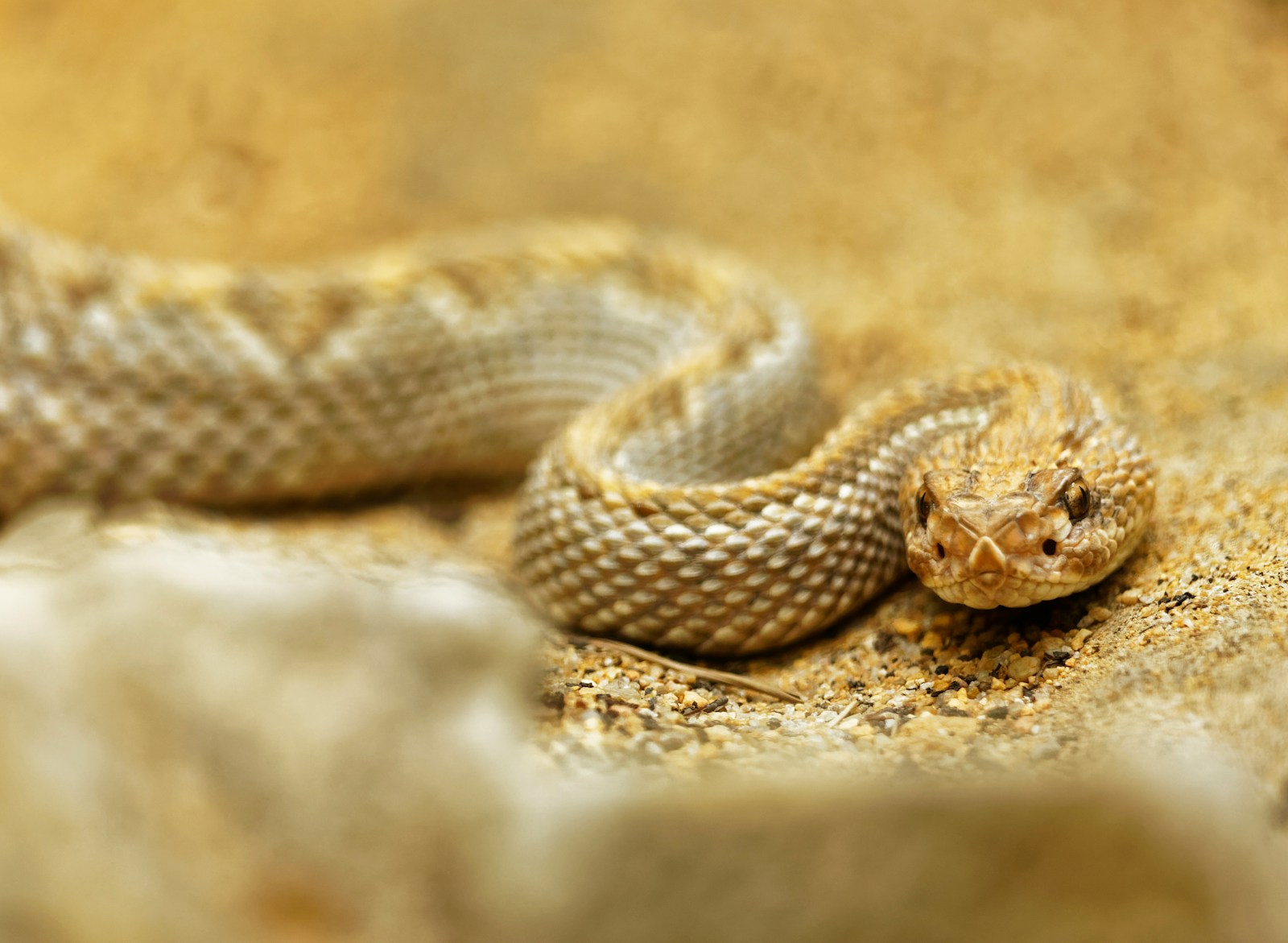
The spider-tailed horned viper remained unknown to science until relatively recently, with its formal description only published in 2006. Iranian scientists made this remarkable discovery in the Zagros Mountains of western Iran, where the snake inhabits rocky terrain at elevations between 1,400 and 2,000 meters. Prior to this formal identification, there had been occasional reports from local residents about strange snakes with “moving tails,” but these accounts were often dismissed as mere folklore or exaggeration. The scientific discovery of the spider-tailed viper represents one of the most significant herpetological findings of the 21st century, highlighting how even large vertebrates can remain undocumented in remote regions. The delay in its discovery is largely attributed to its extremely specialized habitat requirements and relatively small range in a politically complex region that has historically been difficult for scientists to access.
Anatomy of the Deceptive Tail
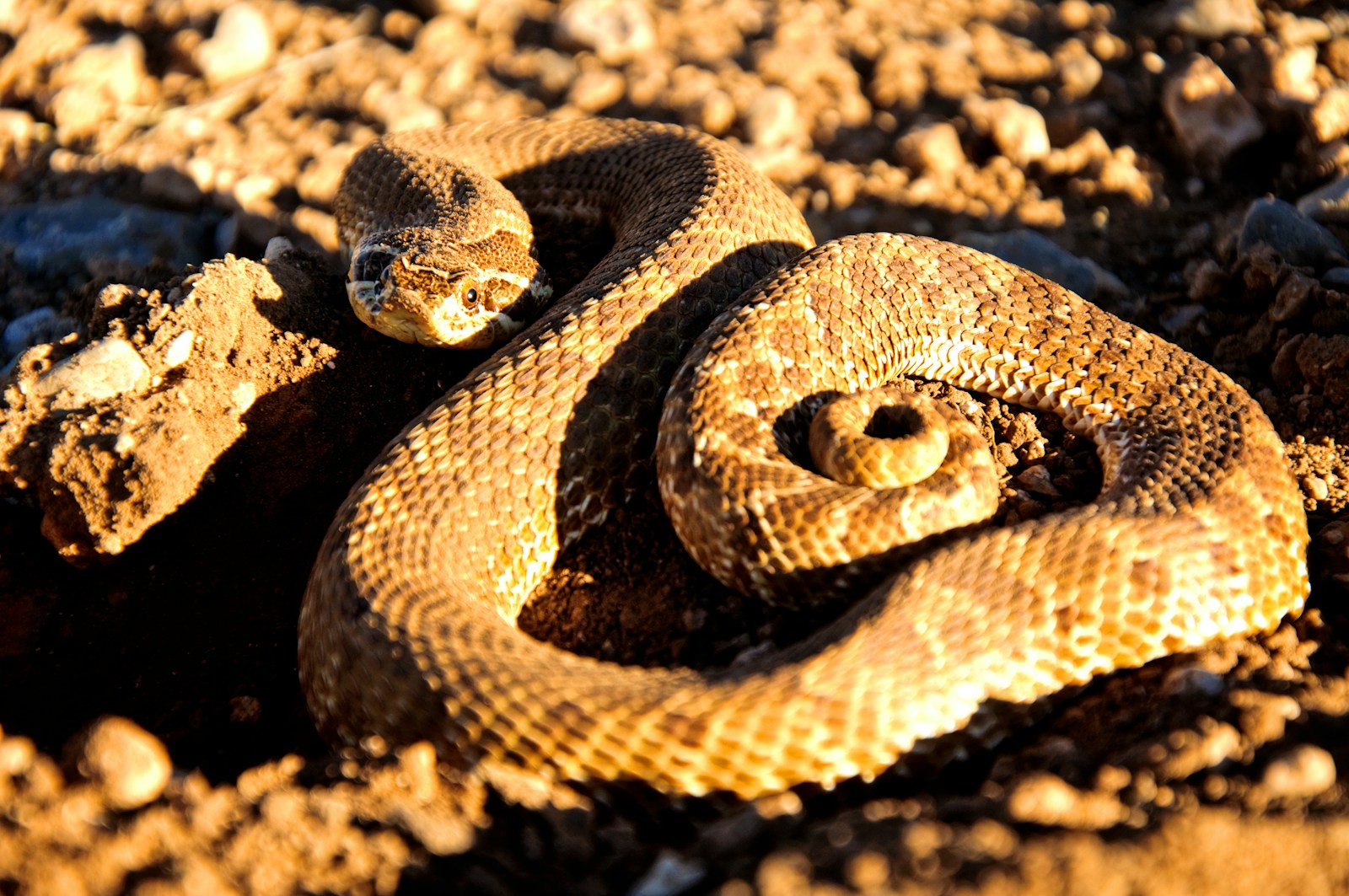
The spider-tailed horned viper’s most distinctive feature is, unsurprisingly, its specialized tail that mimics the appearance of a small arthropod or lizard tail. The terminal portion of the tail features a bulbous structure covered with elongated scales that create the impression of legs or appendages. These specialized scales can be moved independently, creating a convincing illusion of a small creature moving at the end of the snake’s body. Under the elaborate cover of scales is a series of modified vertebrae that allow for exceptional mobility and control of this appendage. The coloration of the tail contrasts somewhat with the rest of the body, further enhancing the illusion of a separate creature rather than part of the snake itself. This specialized structure represents one of the most complex and specific adaptations for prey attraction found in any vertebrate species.
The Hunting Strategy: Deadly Deception
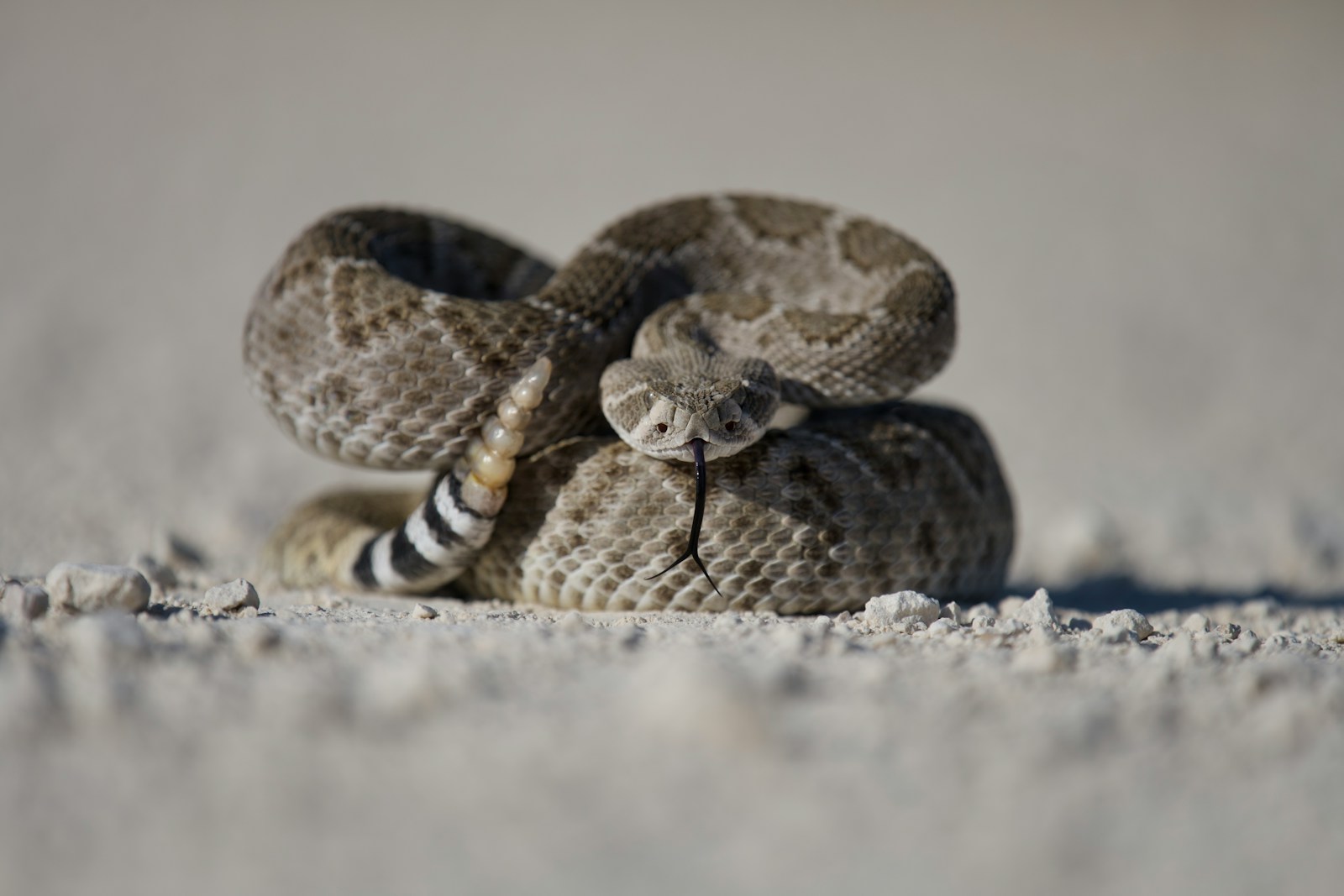
The hunting behavior of the spider-tailed horned viper represents a remarkable example of aggressive mimicry in the animal kingdom. Unlike many predators that rely on stealth or pursuit, this viper employs a sit-and-wait strategy, partially burying itself among rocks with only its head and tail exposed. The snake then performs a mesmerizing display by wiggling its specialized tail in movements that mimic those of small arthropods or lizards, creating an irresistible visual stimulus for insectivorous birds. When a curious bird approaches to investigate or attempt to prey on what appears to be an easy meal, the viper strikes with deadly accuracy, delivering a potent venom that quickly immobilizes its victim. Research has confirmed that the snake can maintain this deceptive tail-wiggling behavior for extended periods—sometimes hours—demonstrating remarkable patience in its hunting strategy. This specialized predation technique allows the snake to capture prey that would normally be vigilant against snake-shaped predators, giving it access to a food source that might otherwise be unavailable.
Evolutionary Development of the Tail

The evolution of the spider-tailed horned viper’s specialized tail represents a fascinating case study in natural selection and adaptive radiation. Scientists believe this feature developed through a process of gradual modification over millions of years, likely starting with subtle enlargements of tail scales that provided some hunting advantage. Genetic analysis suggests that the specialized tail structure began diverging from other vipers approximately 10-15 million years ago, coinciding with environmental changes in the Middle East that may have altered prey availability. Interestingly, while other vipers in the region sometimes use caudal luring (simple tail movements to attract prey), none have developed anything approaching the elaborate structural modifications seen in this species. The evolutionary development of this trait likely represents an example of evolutionary arms race, where predator and prey adaptations drive increasingly specialized features through successive generations.
The Perfect Target: Bird Prey Behavior

Understanding why the spider-tailed viper’s deception works requires examining the behavior of its primary prey – small insectivorous birds. These avian species have evolved keen visual systems specifically attuned to detecting the movement patterns of small invertebrates and reptiles, which form the bulk of their diet. The birds’ predatory instincts are triggered by specific movement patterns that signal the presence of potential food, causing them to approach with reduced caution when they detect what appears to be a small, vulnerable creature. Studies using controlled observations have demonstrated that birds react more strongly to the viper’s tail movements than to either immobile tails or artificially moved regular snake tails, confirming the effectiveness of the mimicry. The birds’ inability to distinguish between genuine prey and the viper’s mimic represents a cognitive blind spot that the snake has evolved to exploit with devastating effectiveness.
Habitat and Distribution

The spider-tailed horned viper inhabits a surprisingly limited geographical range, being confirmed only in the western and southwestern provinces of Iran, particularly in the Zagros Mountains. Within this region, the snake shows a strong preference for arid and semi-arid rocky hillsides with sparse vegetation, areas that provide both adequate hunting grounds and suitable shelter from predators. The specialized habitat requirements likely contribute to the snake’s relatively restricted distribution, as it appears to be absent from seemingly similar nearby areas in neighboring countries. Climate plays a crucial role in defining its range, with the snake preferring regions that experience hot, dry summers and cold winters with moderate precipitation. Conservation biologists are currently conducting field surveys to determine whether populations might exist in similar habitats across the border in Iraq or Turkey, though political tensions have complicated these research efforts.
Defending Against Predators

While the spider-tailed horned viper’s specialized tail serves primarily as a hunting tool, it may also provide secondary benefits in predator defense. When threatened, the snake often positions itself with its head hidden and tail exposed, potentially creating confusion for predators that might mistake the tail for a different, less dangerous creature. The viper possesses relatively large venom glands that produce a potent hemotoxic venom, giving it a formidable defense against potential threats. Like other vipers in the region, it also employs a distinctive warning display when cornered, inflating its body, hissing loudly, and striking repeatedly to deter attackers. Researchers have documented cases where predatory birds of prey and small carnivorous mammals have been observed approaching the snake but retreating after apparent confusion or hesitation upon encountering the unusual tail movements.
Comparison to Other Mimics in Nature
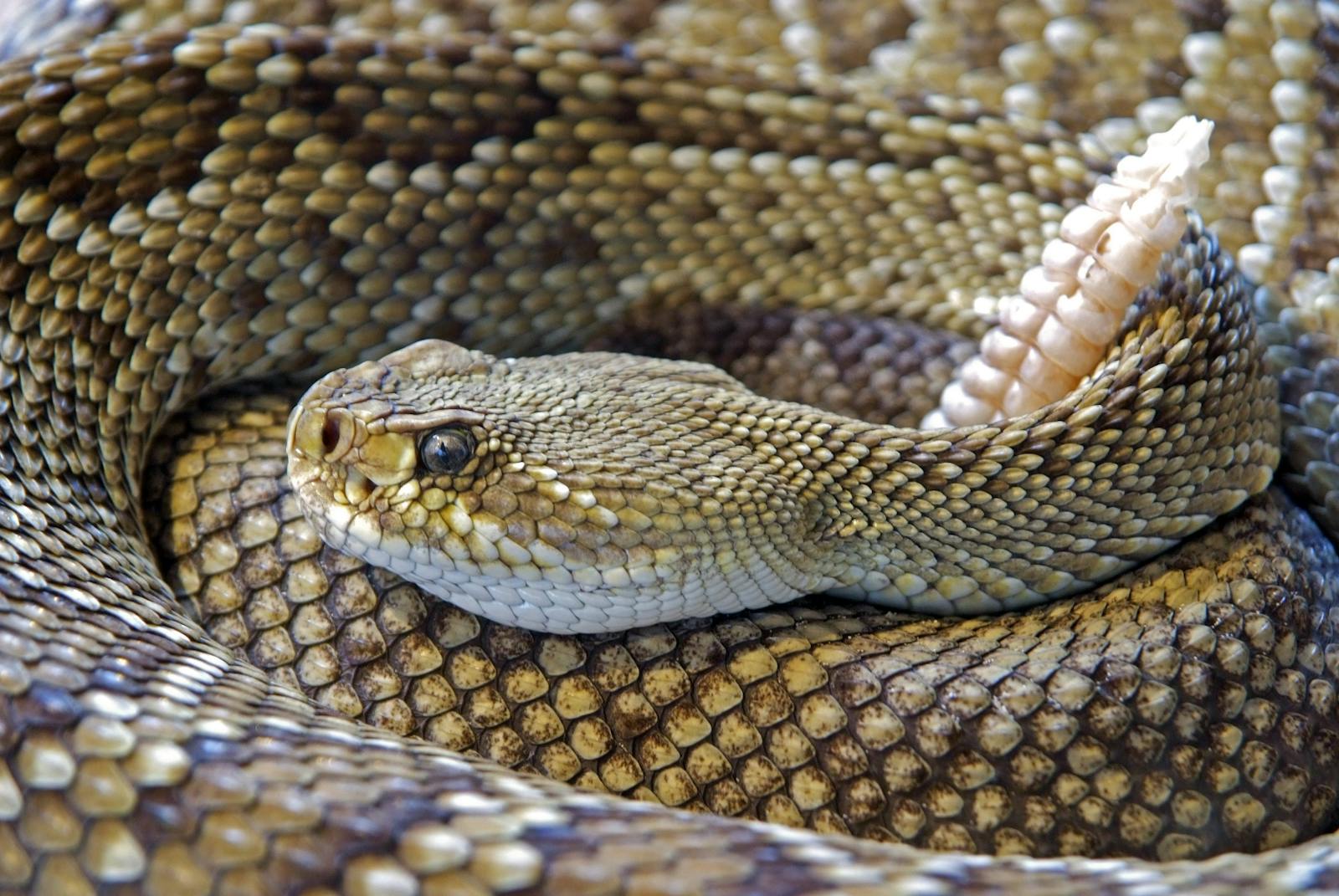
The spider-tailed horned viper’s mimicry represents one of the most dramatic examples of caudal luring in vertebrates, but it belongs to a broader category of deceptive adaptations found throughout the animal kingdom. Other snakes like the death adder (Acanthophis spp.) and certain rattlesnakes use simpler forms of caudal luring, wiggling their tails to attract prey, but lack the elaborate structural modifications seen in the spider-tailed viper. Similar principles of deception are employed by anglerfish, which use modified dorsal spines to mimic small prey animals, and by certain spiders that generate visual patterns resembling small insects. The spider-tailed viper’s adaptation stands out for its structural complexity and the specificity of its target audience, representing what biologists call “aggressive mimicry”—a form of mimicry used not to avoid predation but to facilitate it. Among reptiles, this level of specialized anatomical development for hunting purposes is virtually unparalleled.
Scientific Research and Challenges

Studying the spider-tailed horned viper presents researchers with significant challenges that have limited our understanding of this remarkable species. The snake’s remote habitat in politically sensitive regions has restricted field research opportunities, with many studies limited to brief expeditions under challenging conditions. Captive breeding efforts have been largely unsuccessful, further complicating attempts to study the snake’s behavior in controlled settings. When field studies are possible, researchers have employed a combination of camera traps, videography, and direct observation from blinds to document the snake’s hunting behavior without disturbing natural patterns. Recent advances in portable DNA sequencing technology have allowed scientists to collect genetic material in the field, providing new insights into the snake’s evolutionary history and relationship to other vipers in the region. Despite these challenges, international collaboration between Iranian researchers and scientists from Europe and North America has begun to yield important new information about this enigmatic species.
Conservation Status and Threats

The spider-tailed horned viper faces multiple conservation challenges that threaten its long-term survival. Due to its relatively recent scientific description, the species has not yet been formally assessed by the IUCN Red List, though preliminary evaluations suggest it likely qualifies as “Vulnerable” based on its restricted range and specific habitat requirements. Habitat destruction represents the most immediate threat, with mining operations, road construction, and agricultural expansion all encroaching on the snake’s limited territory. Climate change poses an additional long-term threat, as the arid mountain habitats the snake depends on are particularly susceptible to shifting precipitation patterns and increased temperature extremes. Unfortunately, the snake’s fearsome appearance and venomous nature have made it a target for illegal collection for the exotic pet trade, with specimens reportedly commanding high prices in underground wildlife markets. Iranian conservation authorities have implemented some protective measures, including habitat preservation in several national parks and strict penalties for wildlife trafficking, though enforcement remains challenging in remote regions.
Similar Adaptations in Other Snake Species

While the spider-tailed horned viper represents perhaps the most elaborate example of caudal luring in snakes, this hunting strategy appears in various forms across multiple snake lineages. The death adder (Acanthophis spp.) of Australia and New Guinea employs a simpler version of this technique, using a thin, worm-like tail tip to attract small vertebrates within striking range. Several species of rattlesnakes, particularly juveniles, exhibit “caudal luring” behavior where they wiggle their distinctive tails in patterns that mimic invertebrate prey, though without the structural modifications seen in the spider-tailed viper. The South American horned viper (Bothriopsis bilineata) displays yet another variation, with a yellow-tipped tail that resembles certain caterpillars or grubs found in its rainforest habitat. What makes these convergent adaptations particularly fascinating is that they’ve evolved independently in distantly related snake lineages across different continents, demonstrating how similar evolutionary pressures can produce comparable solutions even in geographically isolated species.
Cultural Significance and Folklore
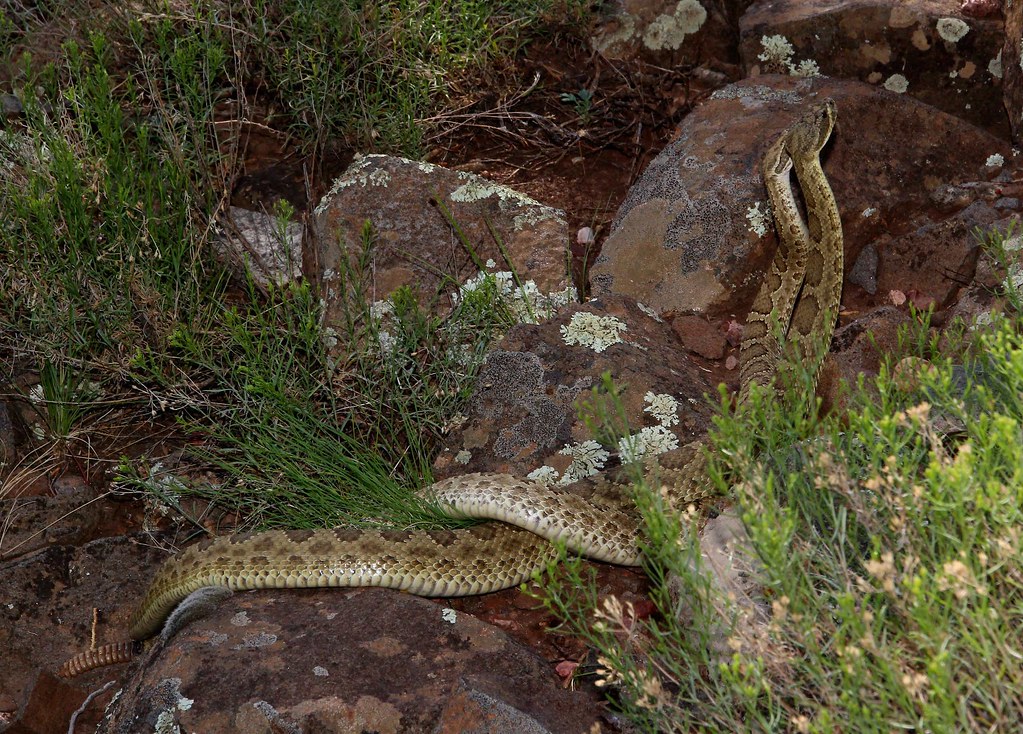
Long before its scientific discovery, the spider-tailed horned viper had established a place in the folklore of indigenous peoples living in the Zagros Mountains. Local communities in western Iran have traditional stories describing a “two-headed snake” or a “snake with a scorpion tail,” demonstrating awareness of this unusual creature generations before formal scientific documentation. In some regional folklore, the snake was associated with supernatural abilities, including the power to hypnotize prey from a distance or to transform itself between different forms. Anthropologists studying traditional ecological knowledge in the region have documented specific hunting avoidance behaviors that local shepherds practice in areas known to harbor these snakes, indicating practical knowledge of the animal’s distribution and habits. Interestingly, some traditional healing practices in the region used symbolic representations of the snake in treatments for various ailments, though actual use of venom or snake parts appears to have been rare, possibly due to the difficulty of capturing these dangerous serpents.
The Future of Spider-Tailed Viper Research
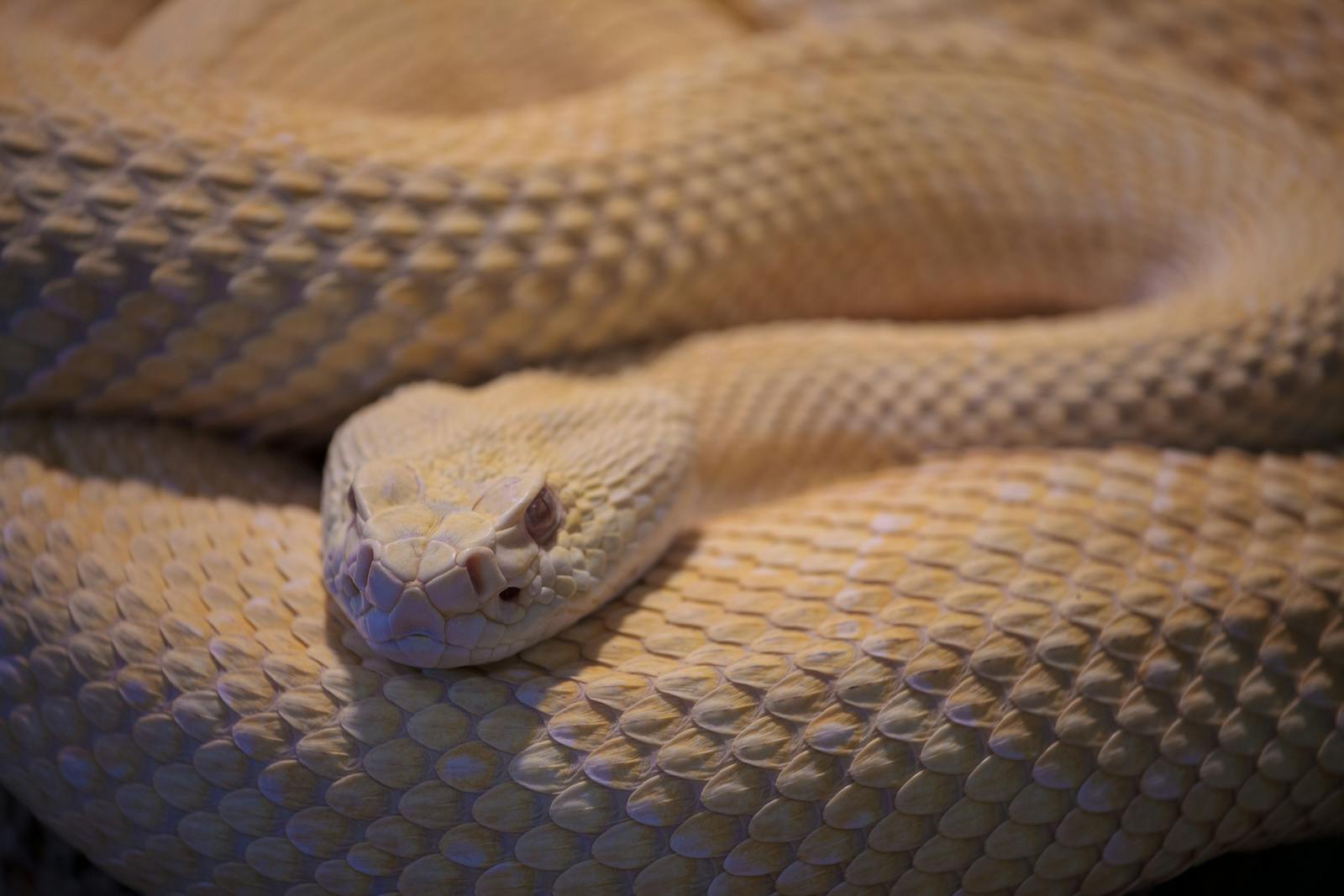
As scientific interest in the spider-tailed horned viper continues to grow, researchers are developing new approaches to studying this elusive species. Recent advances in miniaturized tracking technology may soon allow scientists to monitor the movements and hunting patterns of individual snakes over extended periods, providing unprecedented insights into their behavioral ecology. Genomic studies currently underway aim to sequence the complete genome of the species, potentially revealing the genetic underpinnings of its unique tail development and helping clarify its evolutionary relationships within the viper family. Several international conservation organizations have begun developing collaborative research programs with Iranian scientists, including habitat mapping projects using satellite imagery and environmental DNA sampling to better understand the snake’s distribution. Perhaps most significantly, new non-invasive observation techniques using high-definition remote cameras are being deployed to document the full hunting sequence in natural settings, potentially revealing subtleties of the predatory behavior that have eluded researchers thus far.
Conclusion

The spider-tailed horned viper stands as a testament to the extraordinary power of evolutionary adaptation. Through millions of years of natural selection, this remarkable serpent has developed one of the animal kingdom’s most sophisticated hunting tools—a specialized tail that convincingly mimics potential prey to lure victims within strike range. The snake’s ability to transform a body part into what appears to be an entirely different creature represents biological deception at its most refined. As researchers continue to study this fascinating species, we gain not only insights into the specific adaptations of this unusual viper but also broader understanding of how predator-prey relationships drive the development of specialized traits. In the spider-tailed horned viper, we witness the remarkable creativity of natural selection—a reminder that even in well-studied animal groups, nature still holds surprising secrets waiting to be discovered.

